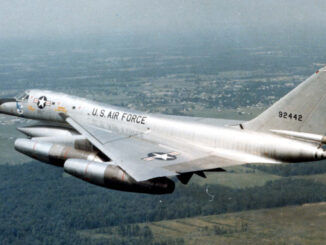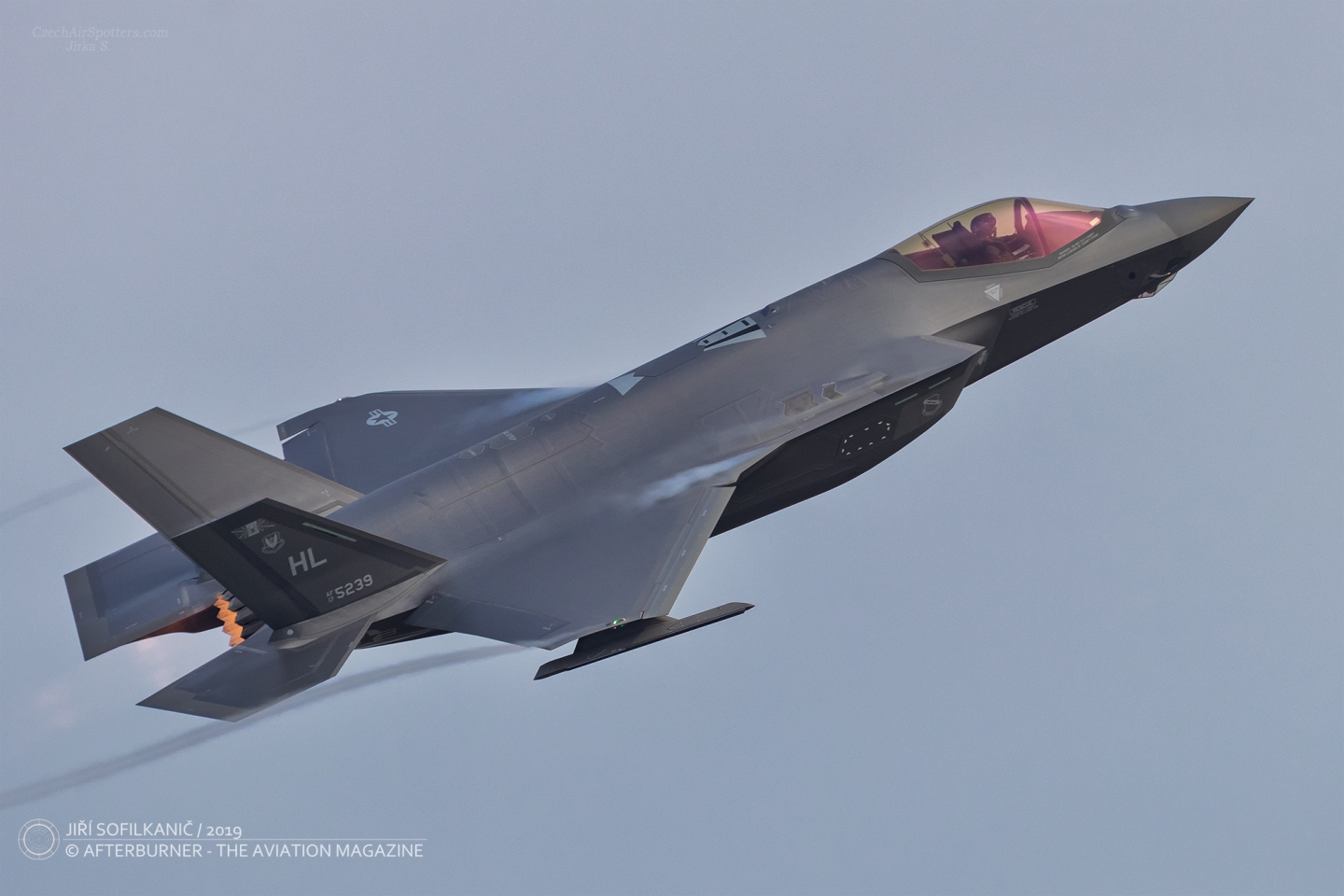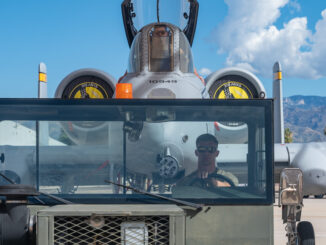 On 5th July 1929, Curtiss-Wright Corporation was formed by consolidation of Wright Aeronautical Corporation, Curtiss Aeroplane and Motor Co and ten other companies. The merge created the biggest aviation company in the United States, with 75 million USD in capital (more than 13 billion USD in today´s equivalent).
On 5th July 1929, Curtiss-Wright Corporation was formed by consolidation of Wright Aeronautical Corporation, Curtiss Aeroplane and Motor Co and ten other companies. The merge created the biggest aviation company in the United States, with 75 million USD in capital (more than 13 billion USD in today´s equivalent).
In 1919, Wright Aeronautical was founded, however, the roots of the company date back to 1909, when Wright Company, the first aviation business of the Wright brothers, was established.
In 1916, the Wrights´ company merged with Glenn L. Martin Company to create Wright-Martin Aircraft Corporation. Nevertheless, within a year, Glenn Martin withdrew from that cooperative and founded his own aviation company. The Wright-Martin company was shortly after renamed Wright Aeronautical.
In 1923, the Wright brothers purchased another aviation enterprise, Lawrance Aero Engine Company. Two years later, its founder and former owner, Charles Lanier Lawrance, became the president of Wright Aeronautical. Soon, the company became famous for its radial, air-cooled Wright Whirlwind aviation engines.
Curtiss Aeroplane and Motor Company was established in 1909, as Herring-Curtiss Company. The enterprise was founded by two American aviation pioneers, Glenn Curtiss and Augustus Moore Herring. In 1910, when Herring left the company, it was renamed Curtiss Aeroplane Company.
In 1916, Glenn Curtiss reorganized his companies and merged Curtiss Aeroplane with Curtiss Motor Company, to create Curtiss Aeroplane and Motor Company with a subsidiary named Curtiss Engineering Company. Over the next few years, Curtiss manufactured training and combat aircraft for the US armed forces, as well as provided pilots´ training.
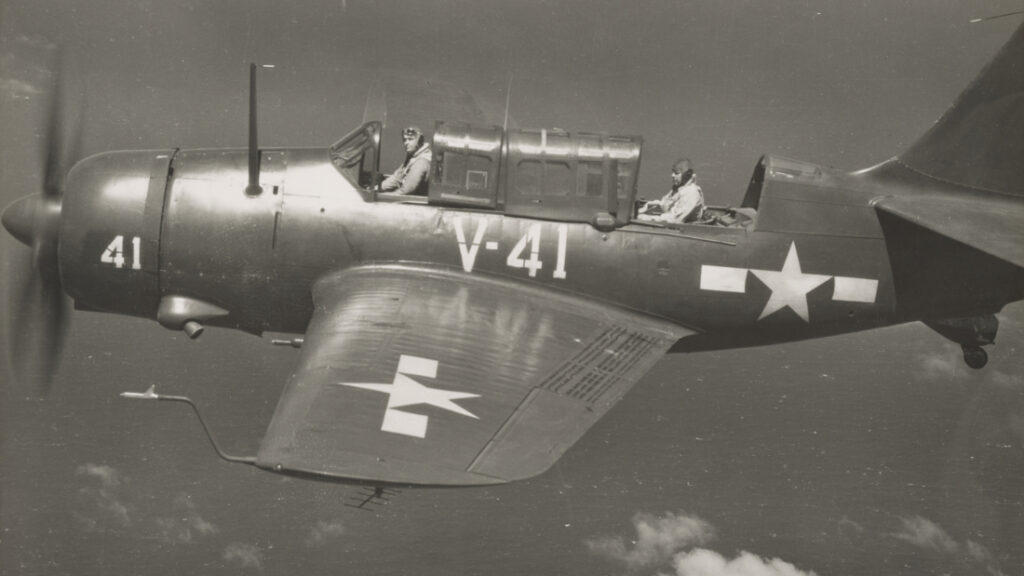
In September of 1920, Glenn Curtiss sold his shares in the company for 32 million USD and retired to Florida. Curtiss Aeroplane and Motor was taken over by Clement Melville Keys, a financier nicknamed ´the father of commercial aviation in America´.
At the end of the 1920s, Keys and Richard Hoyt, banker and main investor of Wright Aeronautical Corporation, began negotiations to merge the Wright and Curtiss companies. They reached agreement in spring of 1929 and on 5th July of that year, Curtiss-Wright Corporation was established. Hoyt and Keys shared top management roles in that new subject.
Apart from the two main companies mentioned above, the new corporation acquired several of its subsidiaries, suppliers and other aviation companies, such as Curtiss Airports Corp., Curtiss Flying Service, Curtiss Aeroplane Export Co., Curtiss-Caproni Corp., Curtiss-Robertson Airplane Mfg. Co., New York Air Terminals, N.Y. & Suburban Airlines, Keystone Aircraft Corp., Moth Aircraft Corporation and Travel Air Manufacturing Company.
The Curtiss-Wright Corporation was divided into three main areas of interest: Curtiss-Wright Airplane Division (airframes), Wright Aeronautical Corporation (engines) and Curtiss-Wright Propeller Division (propellers). During the 1930s and 1940s, the company made tens of thousands of aircraft, engines and propellers for military, commercial and general aviation customers.
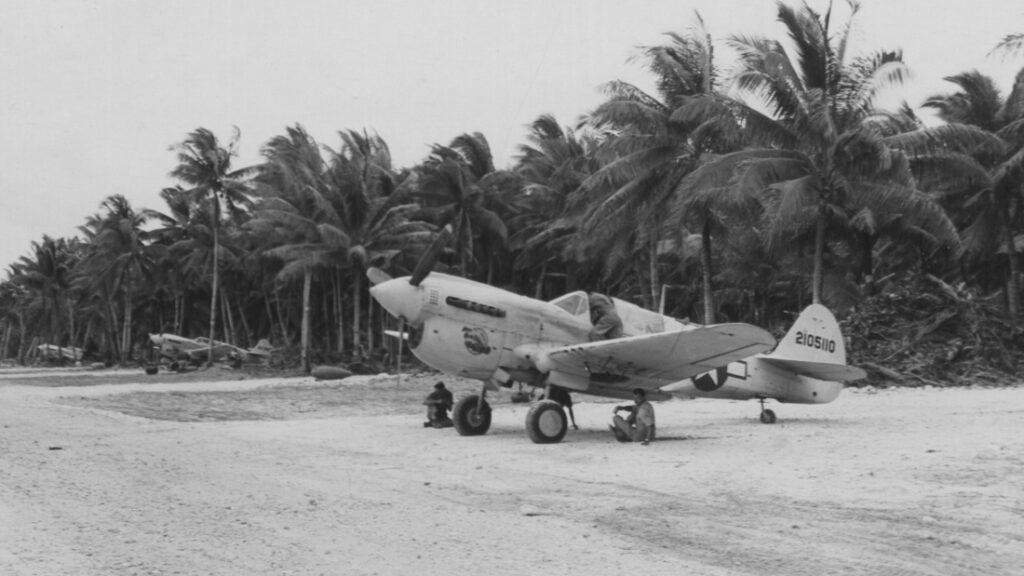
Among its most known aeroplanes there were P-36 Hawk (built in approximately 1,100 examples) and P-40 Warhawk (over 13,000 examples) fighters, C-46 Commando transport aircraft (more than 3,000 examples) and SB2C Helldiver dive bomber (approximately 7,100 examples).
After the World War II and with the arrival of jet engines, Curtiss-Wright Corporation discontinued its development of new aircraft and turned its attention to other branches of industry. Notwithstanding a few attempts, the corporation failed to adapt to the new era and lacked any ground-breaking product to replicate the success from the golden years of propeller-powered aviation.
Initially, Curtiss-Wright Corporation focused on making propellers and aviation engines. Then, the company developed flight simulators, acquired Studebaker-Packard automobile manufacturer and later began manufactiring nuclear power systems, oil machinery, and spare parts for aviation and defence industry.
Although the company does not make any aircraft anymore, Curtiss-Wright Corporation survived until today. It is still among the thousand largest American companies, included in Fortune 1000 list. The total asset of the company exceeds 4.6 billion USD and it has more than 8,600 employees.
Nowadays, Curtiss-Wright Corporation activities are split into three divisions: Aerospace & Industrial, Defense Electronics and Naval & Power. The company manufactures spare parts and components for aerospace industry, defence equipment, commercial and naval nuclear power systems, industrial vehicles and oil/gas machinery.
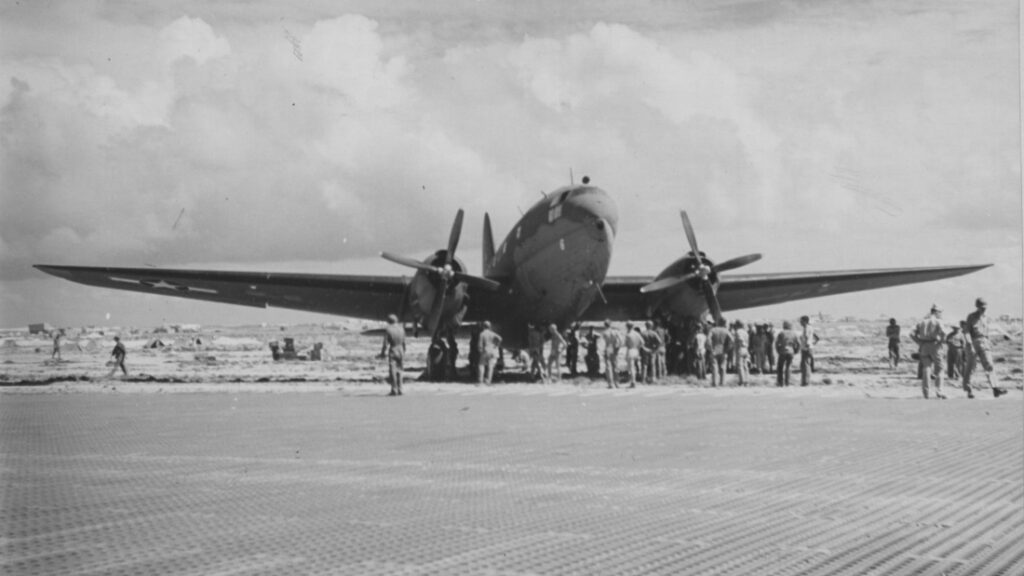
Cover photo: Curtiss P-40 of the XXVI Fighter Command, Sixth Air Force, December 1942 (National Archives, NAID: 204828316)

